Braun T1000: A Design and Technical Overview
The Braun T1000, and its successor the T1000 CD (distinguished by its leather handle, rounded tuning knobs, and rear lettering), represents one of Braun's most significant contributions to world band receivers. Designed by Dieter Rams, it became particularly popular among German diplomatic corps, explaining the CD designation.
Design Legacy
The T1000's design, introduced in the mid-1960s, set a precedent with its distinctive large dial and turret tuner – elements that would later influence Grundig and Nordmende receivers. This design philosophy would eventually inspire Japanese and Korean manufacturers.
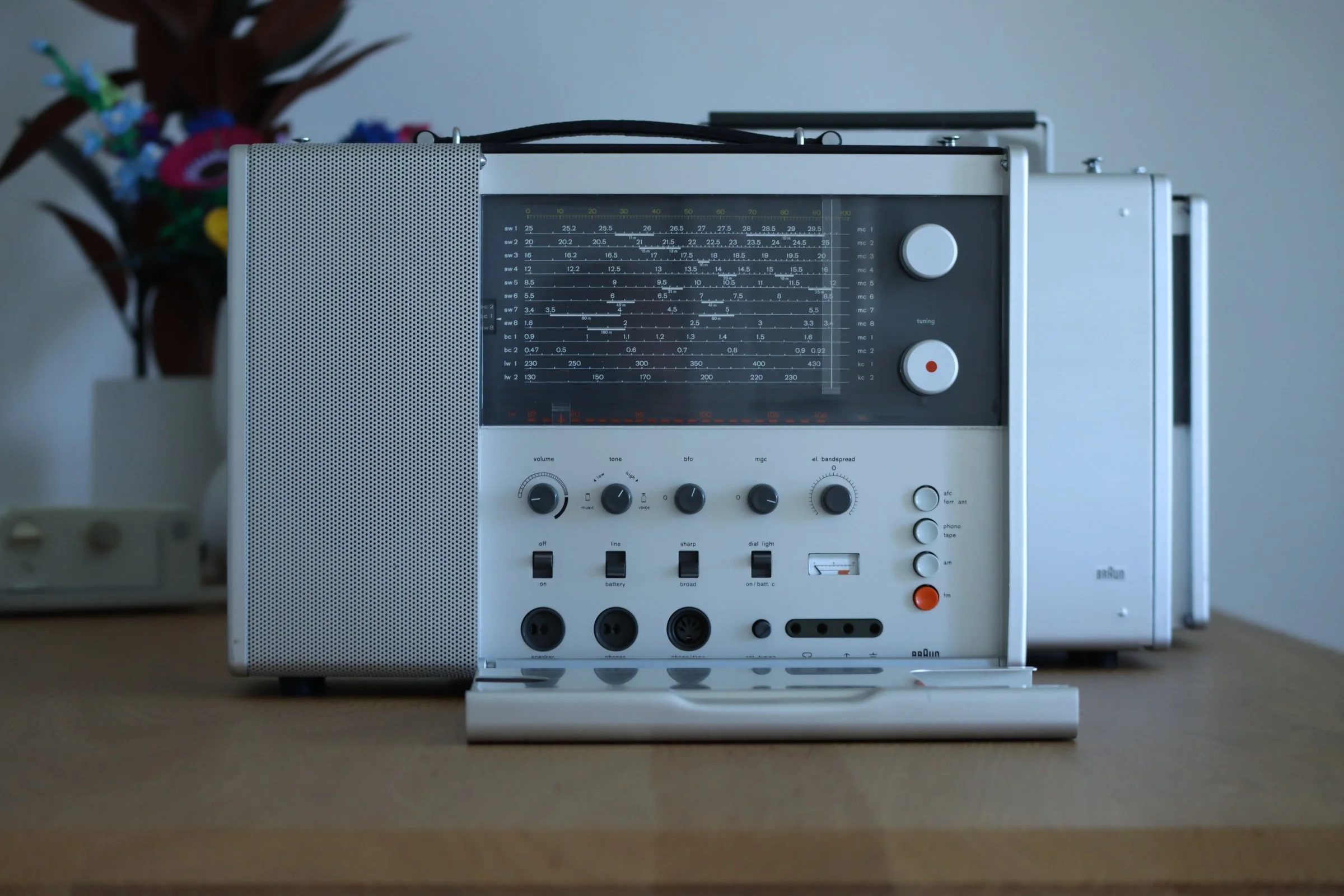
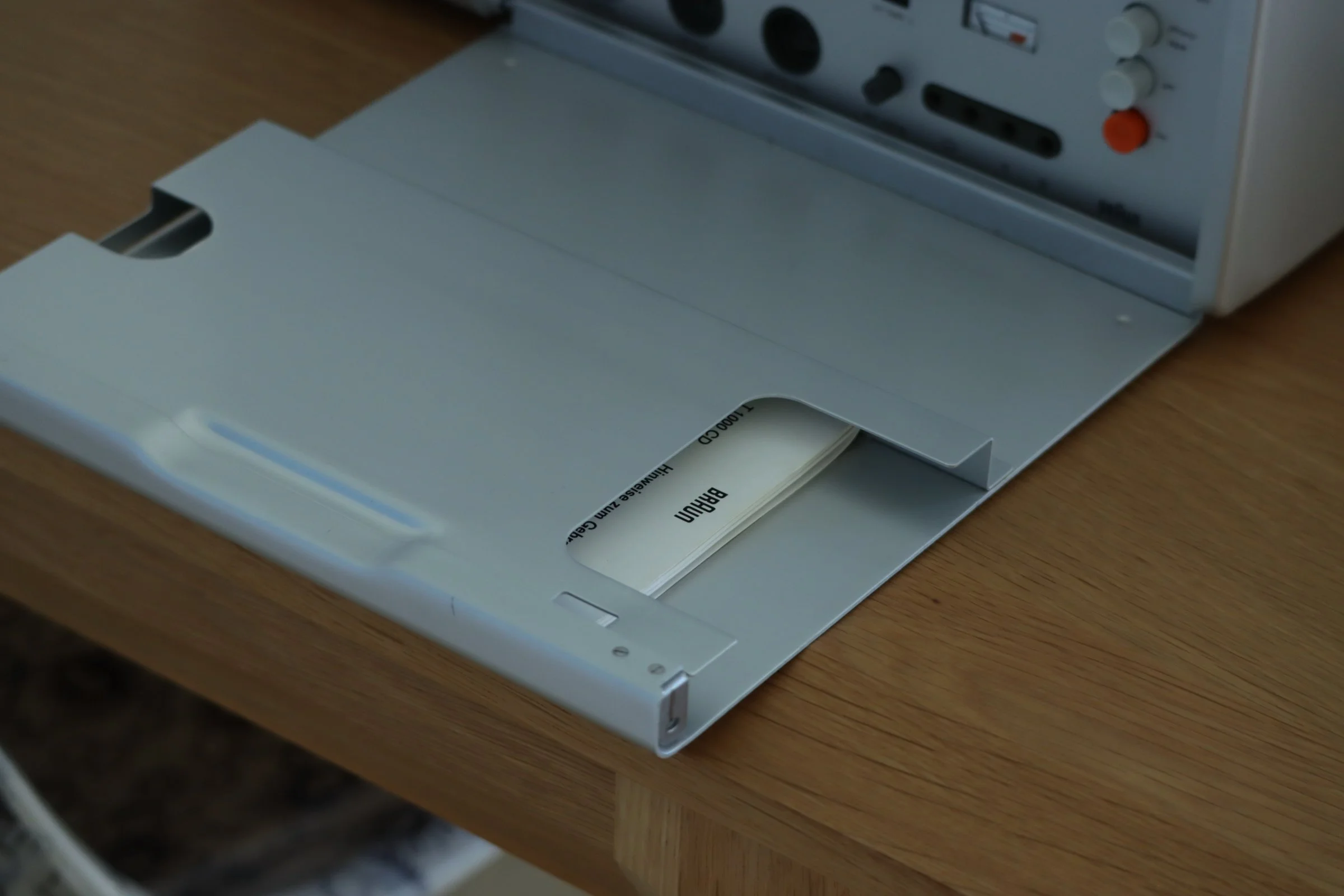
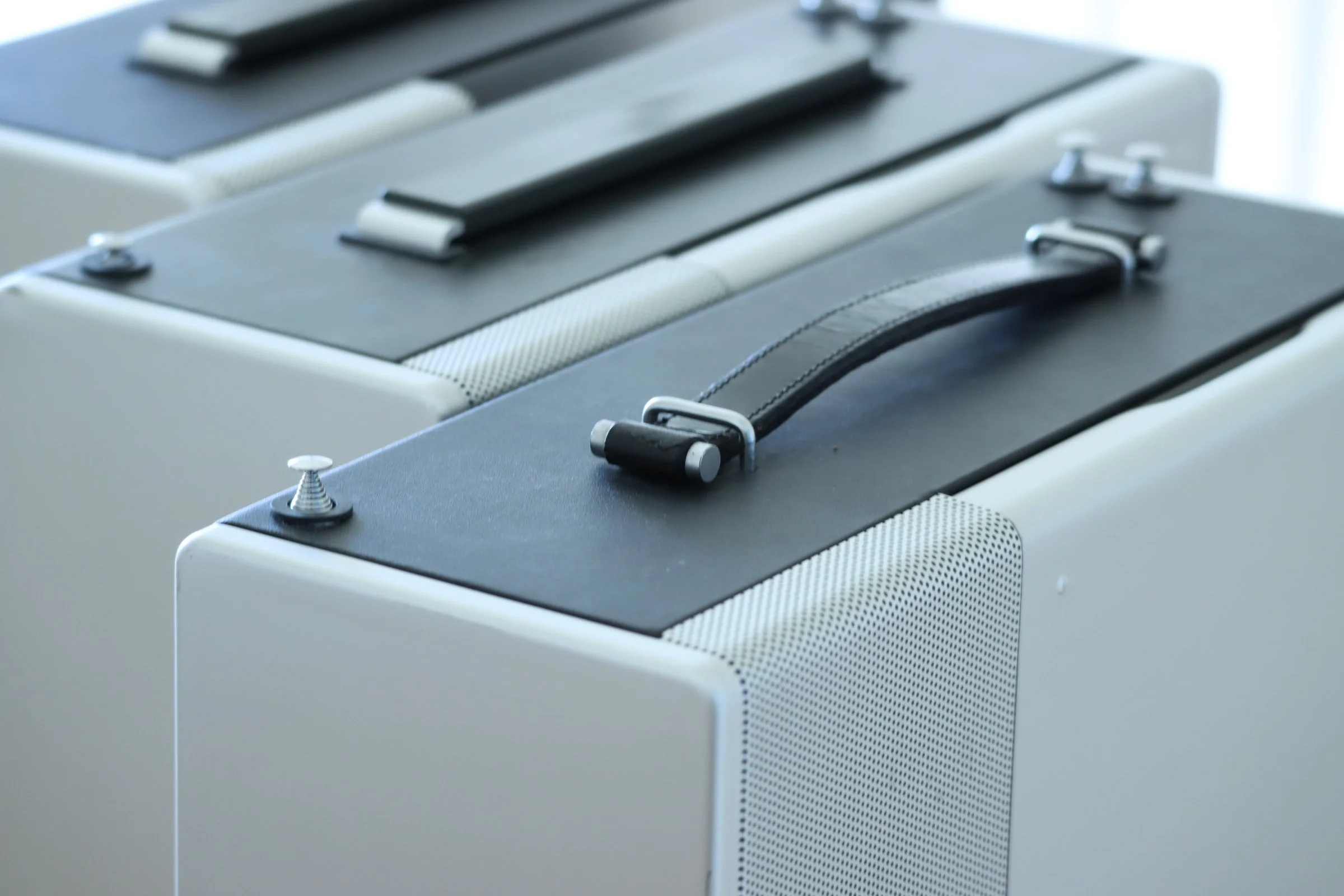
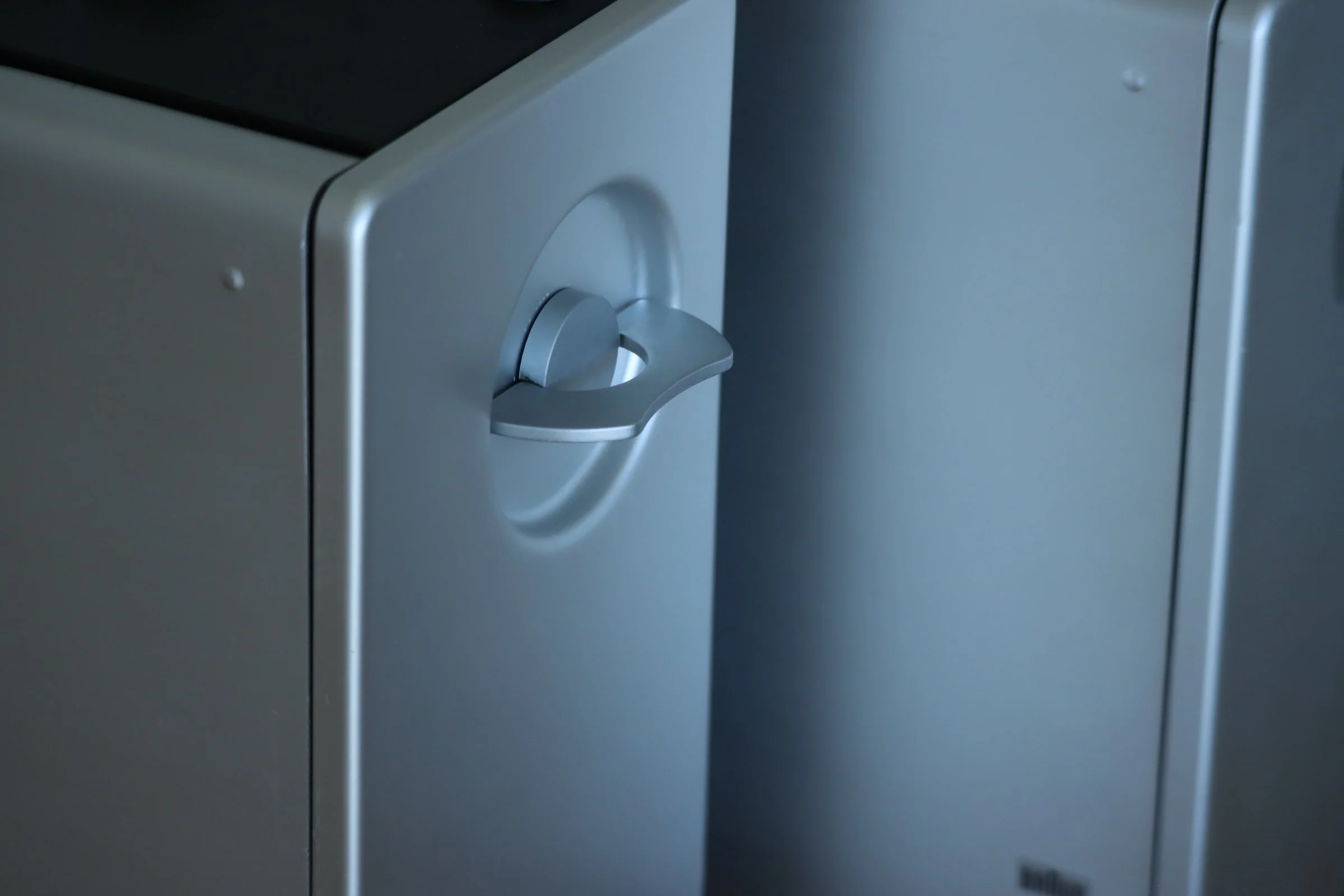
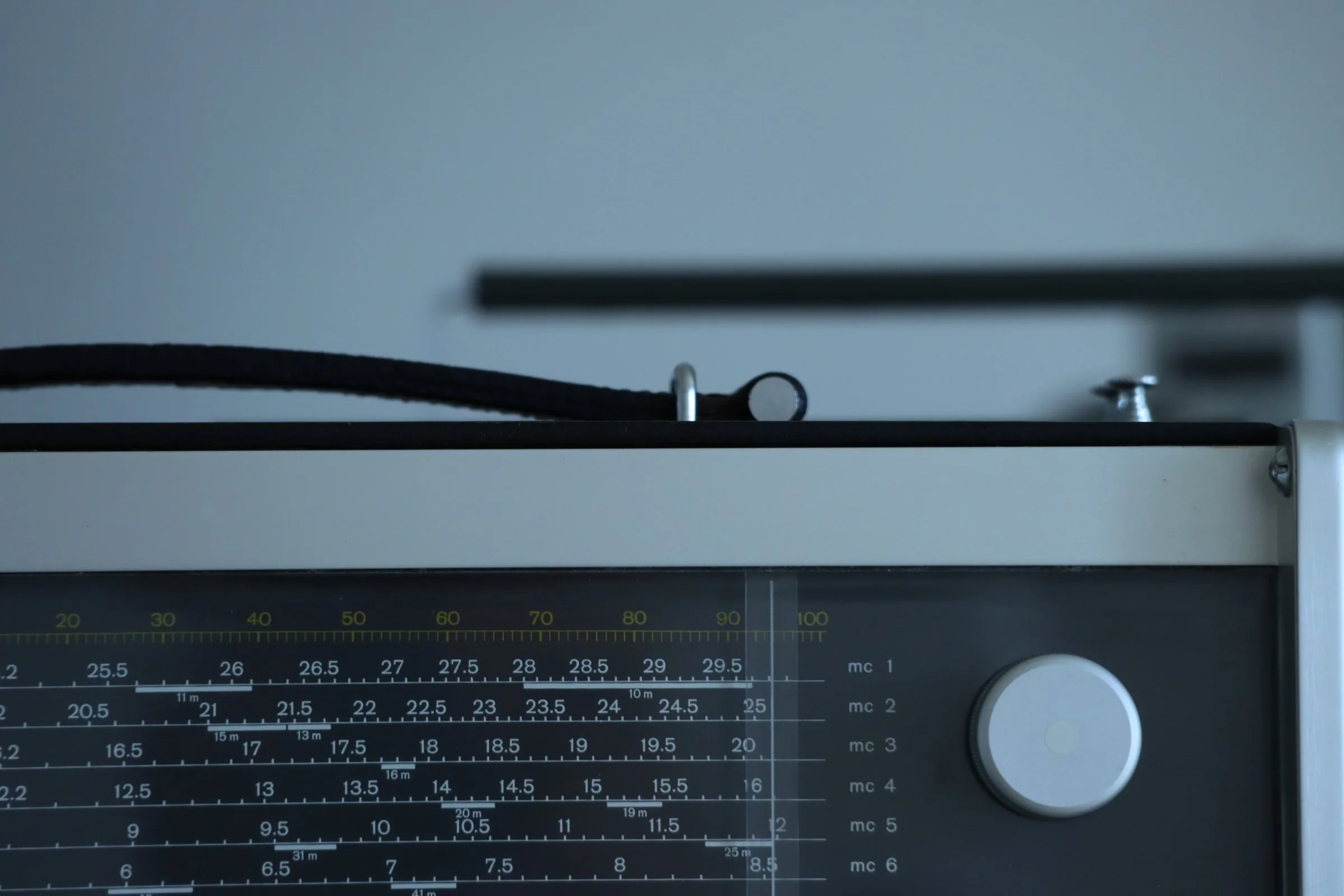
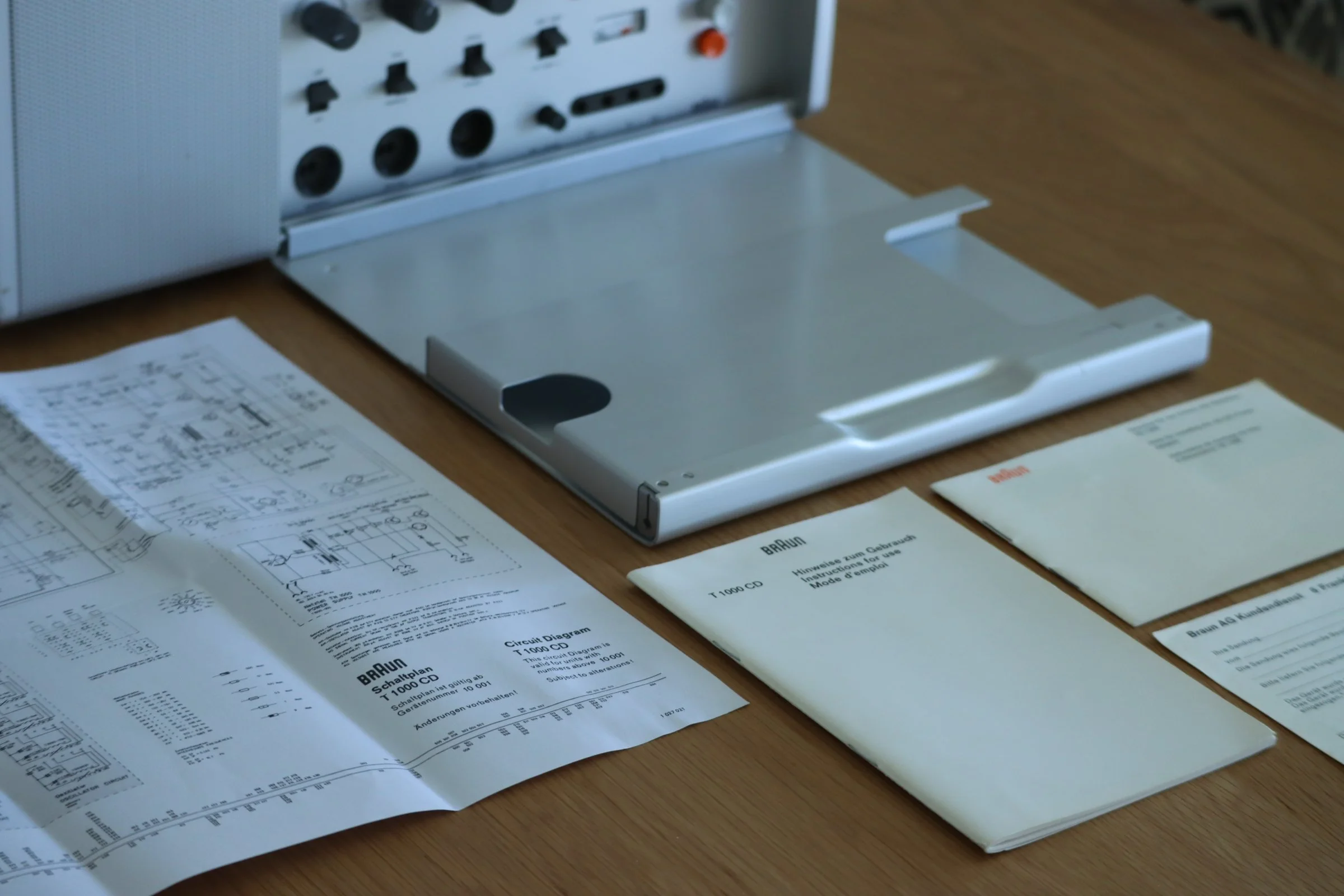
Technical Specifications
Mechanical construction features a gold-contact turret tuner that maintains reliability over decades
Large front speaker positioned on the left side
Metal-protected dial and control panel on the right
Horizontal analog dial with radio and amateur band markings
Separate tuning knobs for AM ranges and FM broadcast band
Control Layout
The control panel features:
Volume control with main switch
Tone control with AF filter activation
BFO control
IF bandwidth switch (±1 and ±3 kHz)
Manual gain control (MGC)
Dial illumination switch
Fine tuning control with electronic band spread
S-meter
Power and Antenna Systems
8 UM-1 1.5V batteries for main operation
Additional battery for dial illumination
Optional TN1000 power supply for 90-130V or 150-240V mains operation
6-12V DC power capability
Antenna options include:
Internal ferrite antenna for long and medium waves
1.8m telescopic antenna for shortwave
Dual VHF telescopic antennas
Performance Assessment
While the T1000 excels in build quality and design, its analog dial lacks precise bandspread, making station identification challenging. The single conversion design allows for satisfactory reception of international broadcasts, though CW and SSB reception requires careful manipulation of the BFO and manual gain control.
Today, the T1000 is primarily valued as a collector's piece, combining classic design with capable broadcast reception. Its market value reflects its status as a design icon rather than its technical capabilities.


